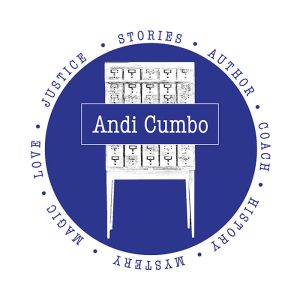“Is it made of real gold?” he asked, and everyone in that small room of the museum smiled. We were standing before the Augustus Saint-Gaudens’ Memorial to Robert Gould Shaw and the Massachusetts 54th Regiment, the first all African-American regiment in the Civil War. I had stopped there to rest and gaze at this massive gold sculpture. He and his group had stopped to learn about the history of the Regiment. I stayed because they impressed me so.

When I walked into that room and gazed at the memorial, I noticed two things right away. First, the infantry men were black. Second, the officer on the horse was white. I didn’t know the history of the Regiment or anything at all about the artist, but yet, these were the things I noticed. I’d like to chalk this up entirely to the fact that I’m researching slavery and Civil War history or think I noticed because, intuitively, I knew this was somehow important. Perhaps, in some ways, this is true. But it’s also true that as a person raised in the southern United States, I notice race quickly. I’m not proud of that.
After my initial study of the memorial, I walked over the placard across the room and sat down on a bench to read about what was before me. It was here I read about the Regiment’s status as the first African-American regiment in the Civil War, here I saw that these men were fighting for the Union, here that I began to understand the work as more than a simple study of men at war.
But before I could finish reading, a group of kids in bright yellow t-shirts came in. They stood before the memorial, and their guide began to ask them question. “What do you notice in this piece of art?”
“There’s a horse.”
“There’s an angel.”
“The men are wearing backpacks.”
“There are drums.”
“They have guns.”
It was only after they mentioned the guns, only after they had described the more obvious elements of the painting that the guide steered them to the historical background of the piece. He told them about the Massachusetts 54th and reminded them of what the Civil War had been about – “living up to the ideal of our country, the ideals in the Declaration of Independence, that all men are free.” And they listened, tired now and draped across the floor in a nonchalance that only children can achieve in public. They learned, and they appreciated.
“What do the man’s faces look like?”
“They look proud,” one little girl said. Yes, they do, I thought. Yes, they do.
I turned to the woman next to me and said, “I am so impressed by them.”
She told me they were a group of kids from a poorer county in Georgia, ages 8-12. They were up in DC for the weekend as part of a trip sponsored by a local church to reward those kids who achieved honor roll. So absolutely impressive.
But what impressed me most is that these kids, these kids from the same South I am from, these kids put me to shame. They didn’t notice the race of the people there until they were asked to notice it and to understand its significance. I need to be more like them when I write and when I live – focused on what is before me and not my own filters that can skew my vision. Oh to be like children.
“Is it made of gold?” I don’t know, but I know these kids are.
